Harbour porpoise
Despite being a little shy, these amazing marine mammals can be spotted close to shore in shallow waters. If you do get close, keep an eye out for the loud ‘chuff’ noise they make as they come to the surface to breathe!
Want to learn more about wildlife near you? You're in the right place, search below and discover the nature you can help protect in Kent.
Despite being a little shy, these amazing marine mammals can be spotted close to shore in shallow waters. If you do get close, keep an eye out for the loud ‘chuff’ noise they make as they come to the surface to breathe!

The stiff, spiky and upright leaves and brown flowers of hard rush are a familiar sight of wetlands, riversides, dune slacks and marshes across England and Wales.
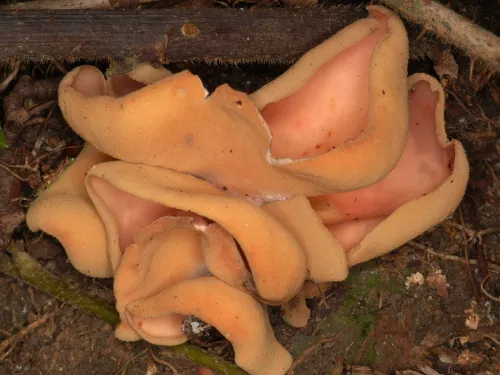
The hare's ear is a cup-like fungus that grows in clusters in broadleaved and mixed woodland, often near to the path. Its orange colour makes it quite conspicuous in the leaf litter.
The downy hairs that cover the pale pink flowers of Hare's-foot clover give it the look of a Hare's paw - hence the common name. Look out for this clover around the coast and on dry grasslands.
The nodding, blue bells of the harebell are a summer delight of grasslands, sand dunes, hedgerows and cliffs. They are attractive to all kinds of insects, too.
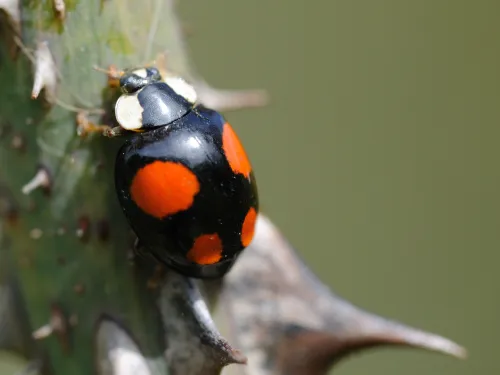
A non-native species originating from Asia, the harlequin ladybird is prevalent in towns and gardens.
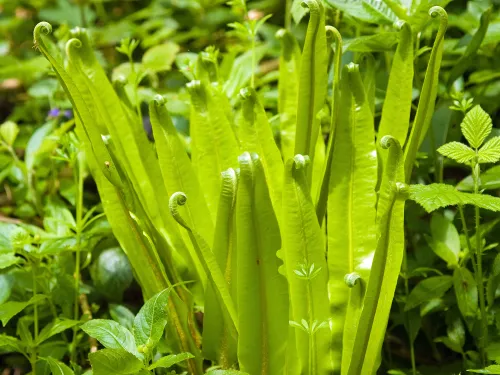
The hart's-tongue fern is a hardy fern of damp, shady places in woodlands. It also makes a good garden fern. It has simple, tongue-shaped, glossy, green leaves that have orange spores on their undersides.
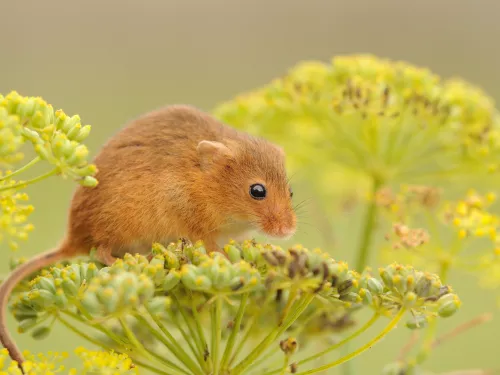
The harvest mouse is tiny - an adult can weigh as little as a 2p piece! It prefers habitats with long grass, but you are most likely to spot its round, woven-grass nests.
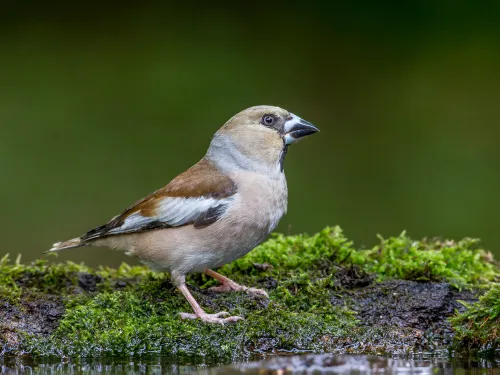
The hawfinch is the UK's largest finch, with an enormous bill powerful enough to crush a cherry stone. Despite their size, they are typically elusive, especially during the summer nesting season.
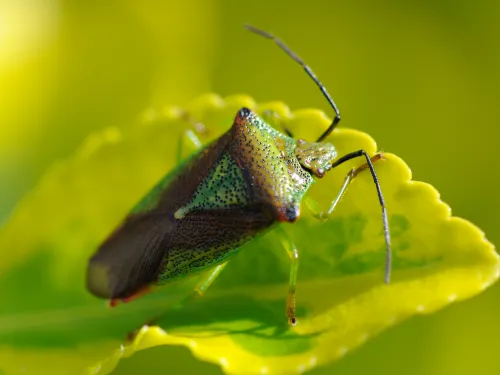
Our largest shieldbug, the red-and-green hawthorn shieldbug can be seen in gardens, parks and woodlands, feeding on hawthorn, rowan and whitebeam. The adults hibernate over winter.
Hazel is a small tree of woodlands, grasslands and gardens that is regularly coppiced - the practice of cutting the stems of a tree to allow new shoots to grow. It is well known for its long, yellow catkins.
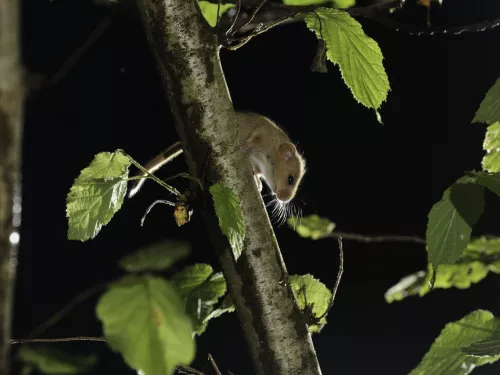
Hazel dormice are hard to spot – not only do they only come out at night, but they are also only found in very few places in the UK. Dormice spend a lot of their time hibernating – and are known to snore!